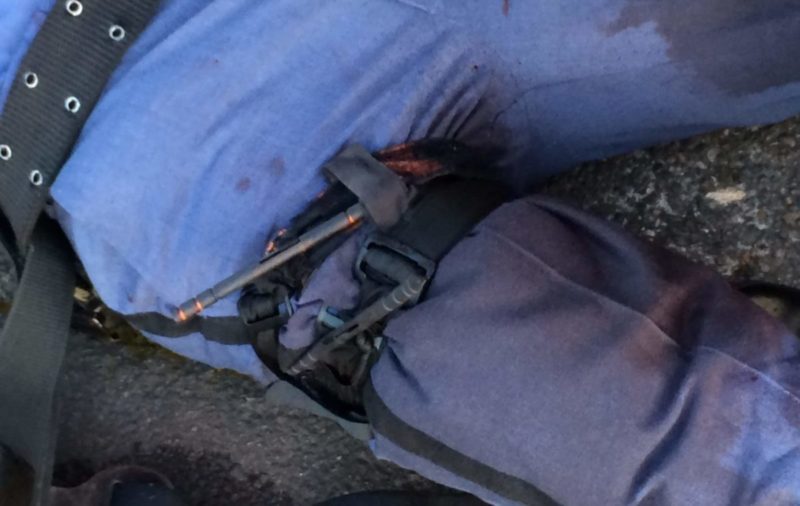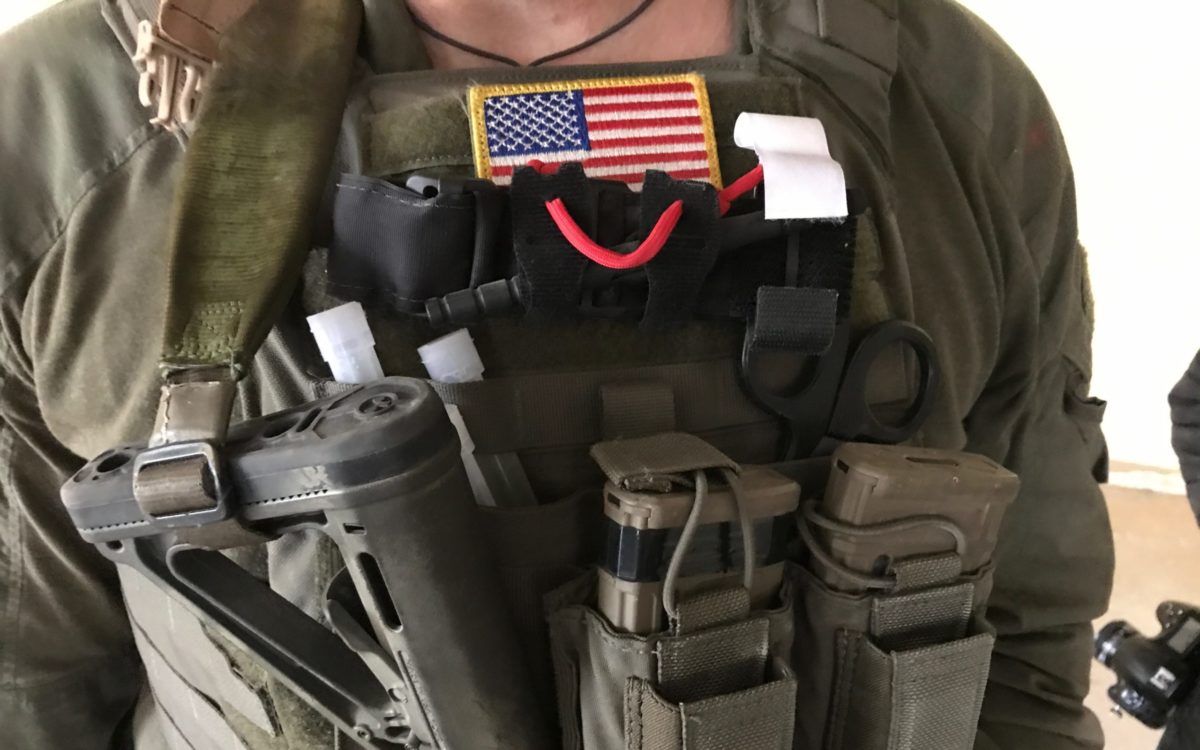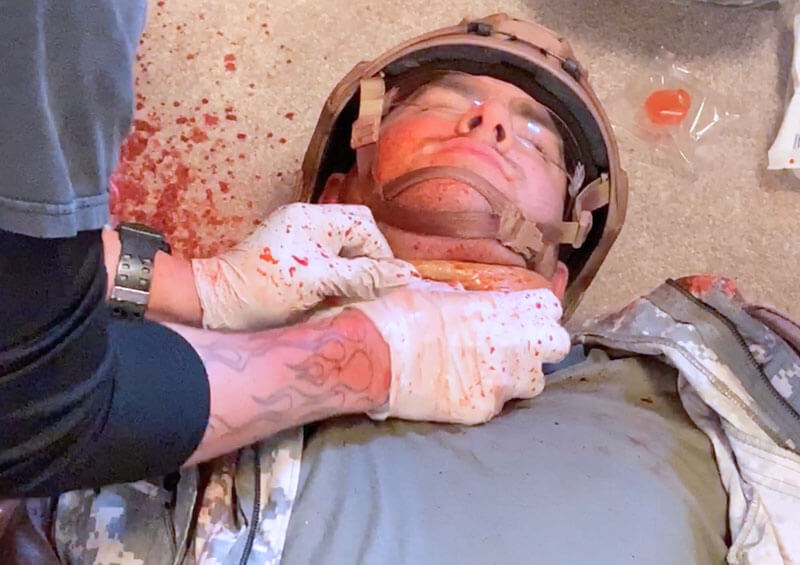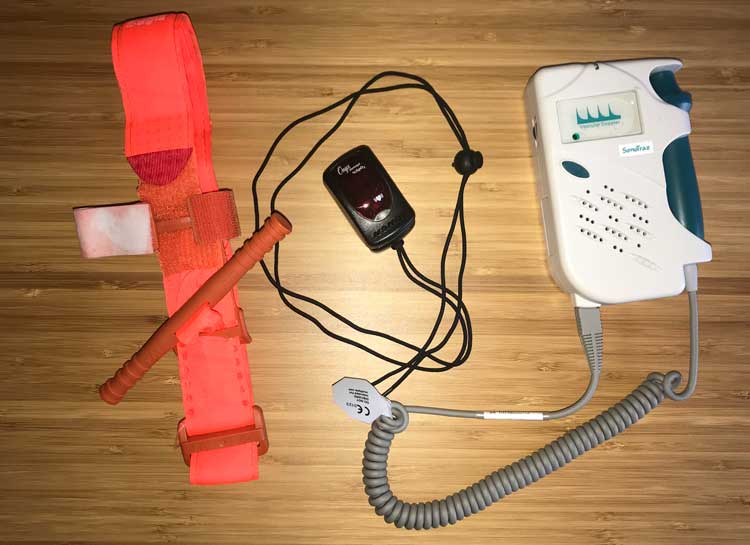If you are going to carry a tourniquet, we feel two is the minimum load-out carried on the body. The best data available indicates a 70% occlusion rate of a single tourniquet on a volunteer thigh. This successful occlusion can …
Massive hemorrhage is the leading cause of preventable death from injuries.
How much blood loss is too much?
CAT Environmental Breakage We receive frequent questions about shelf-life and environmental degradation of tourniquets. There has been some discussion in the US Department of Defense about declaring a five-year self-life for new, unused commercial tourniquets in the inventory. Certainly, even …
The term “junctional hemorrhage” refers to injuries and bleeding occurring at the transition zones between the extremities and the torso. 🕖 Reading Time, 4 minutes The term first appeared in the medical literature in December 2009. Although not an extremity, …
BLUF:* Is there a role for using a fingertip pulse oximeter as a training tool for tourniquet placement? We believe the answer is no. Considering the relative expense of a quality, FDA approved model pulse ox, a handheld doppler ultrasound is better, …
When Deputy Just responded to a call regarding gunfire, she didn’t know there was a victim until she heard the 911 operator giving care instructions to bystanders. She arrived near-simultaneously with four other officers. As they provided security, she began …
Kerlix Gauze packing can generate up to 197 mmHg at the bottom of the wound and 45 mmHg on the sides. Xstat can generate 156 mmHg and 123 mmHg respectively. Although it’s unclear XSTAT is better than gauze packing done …






